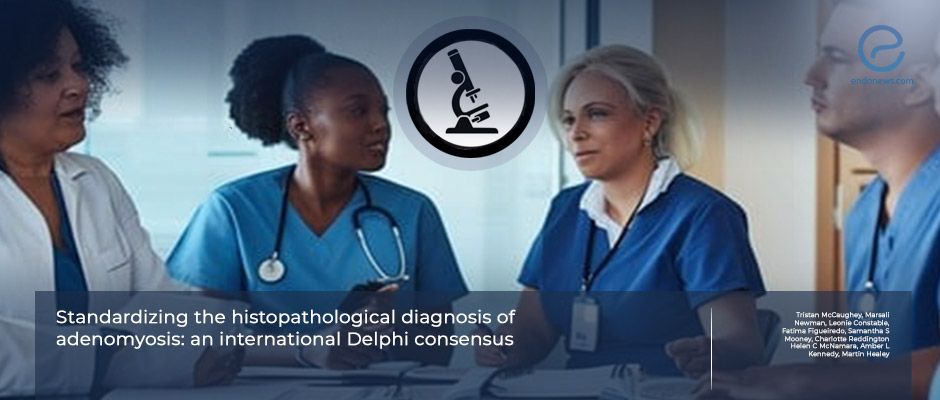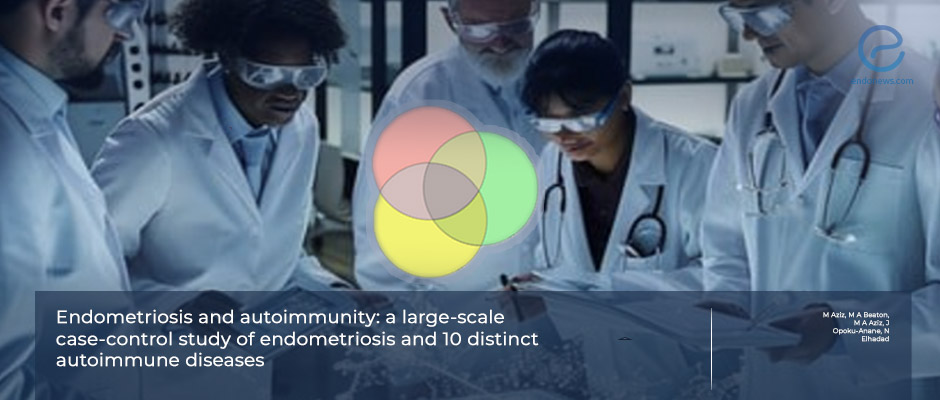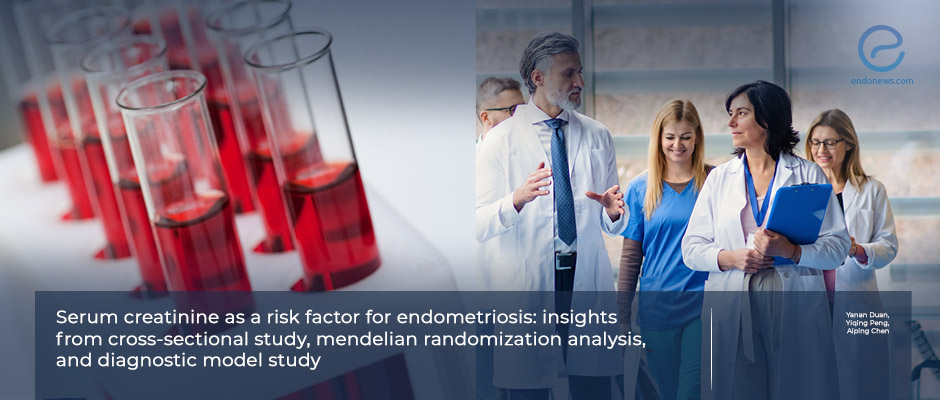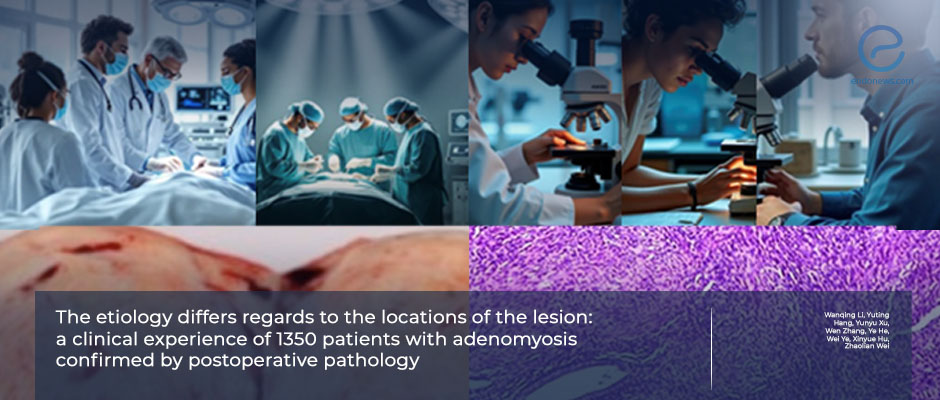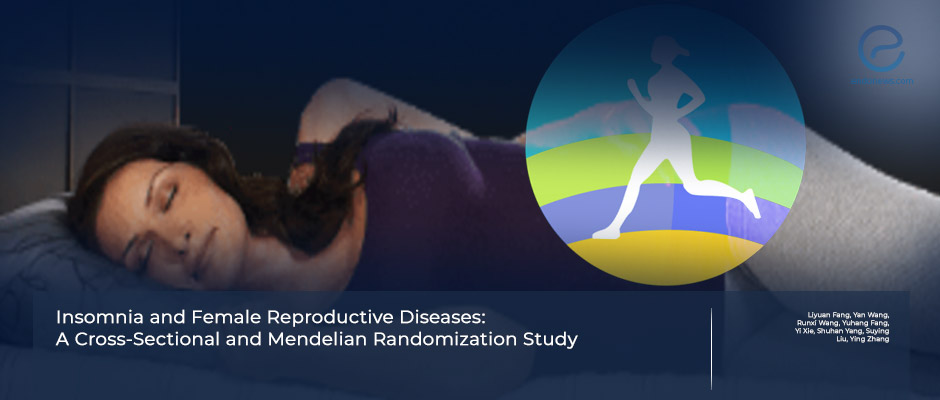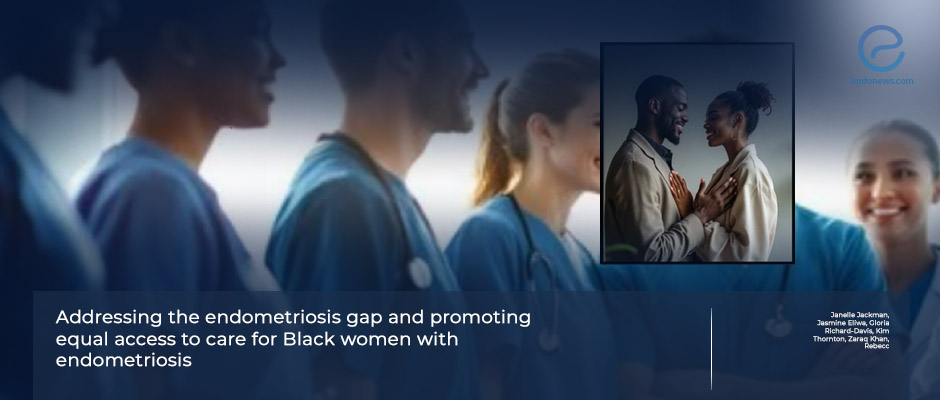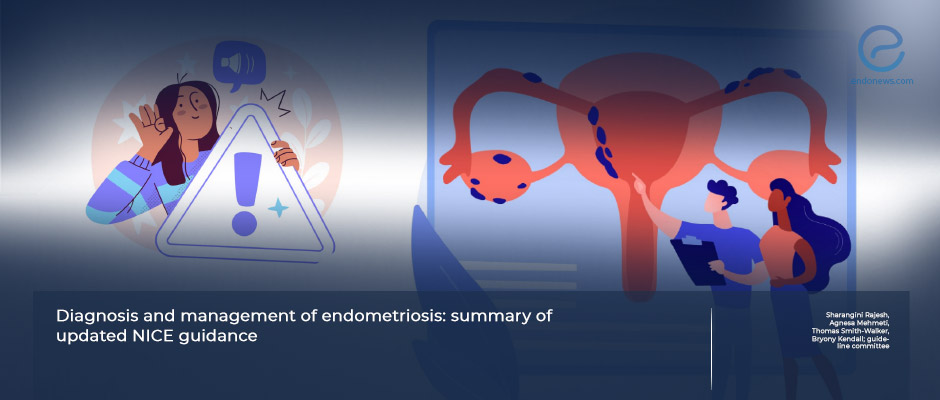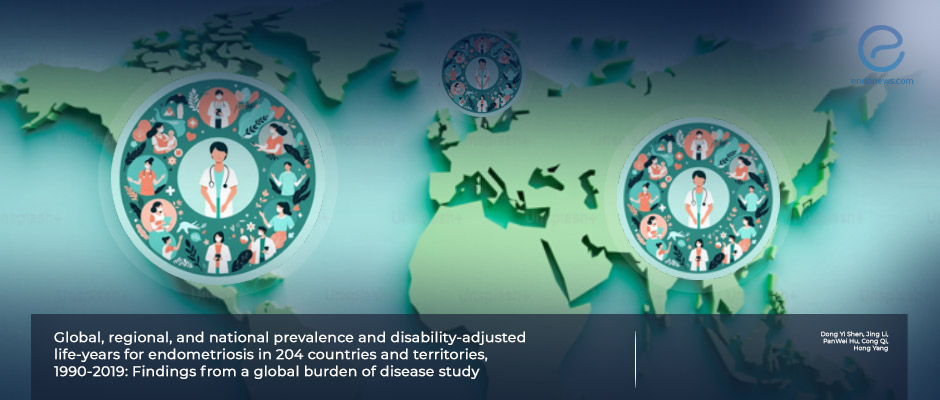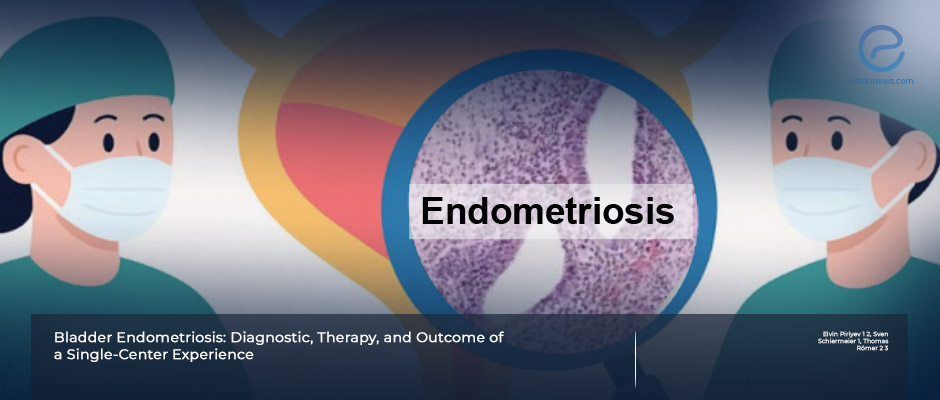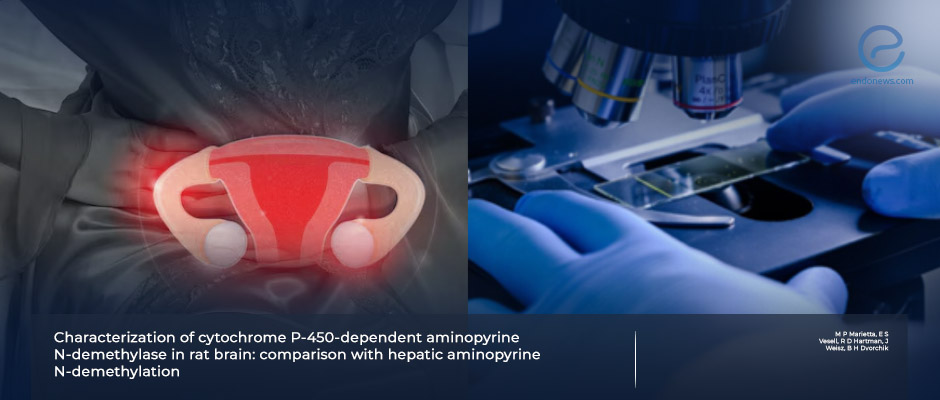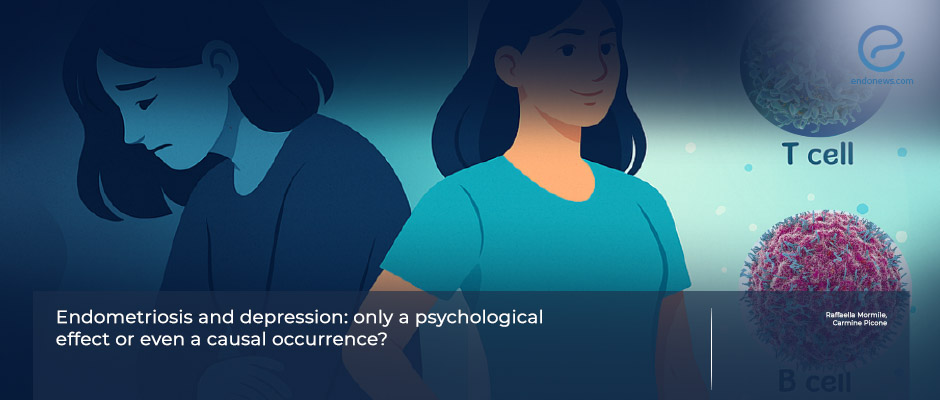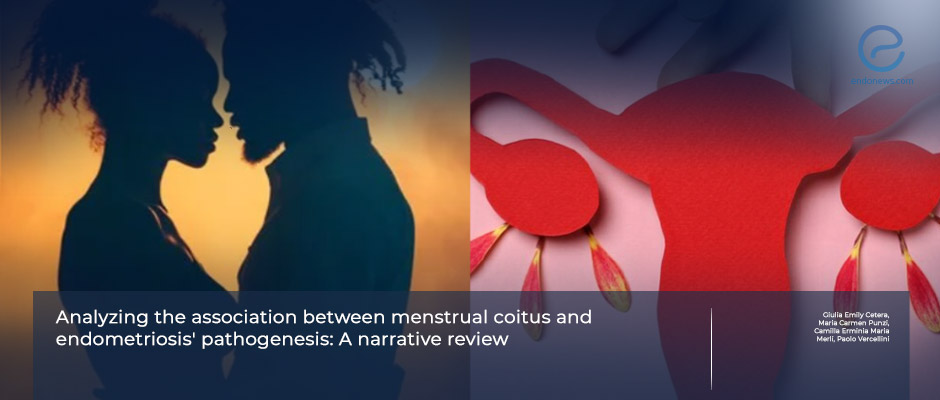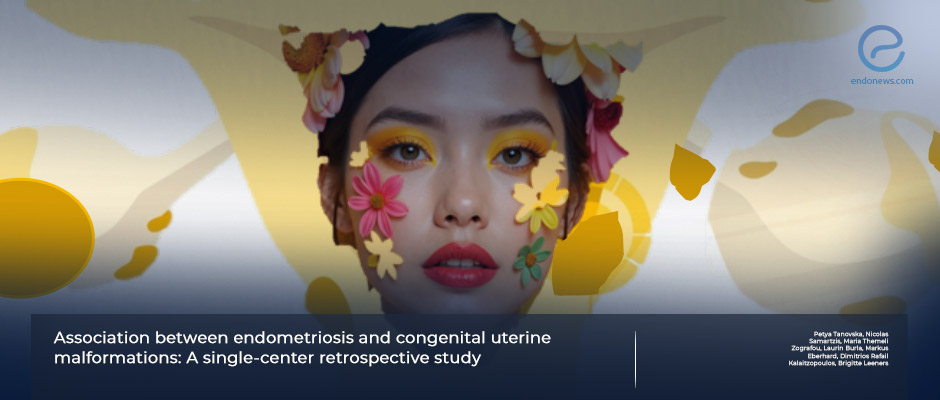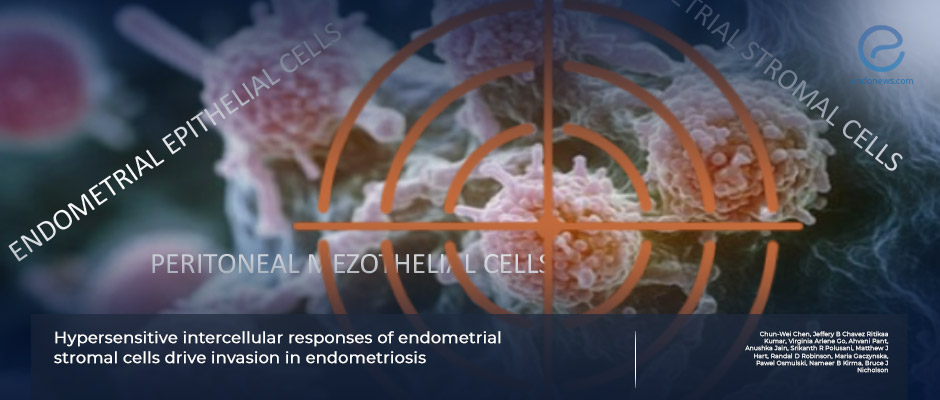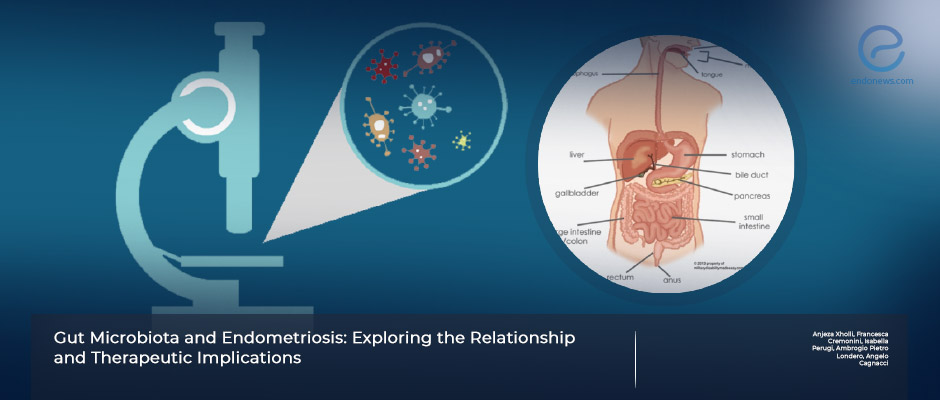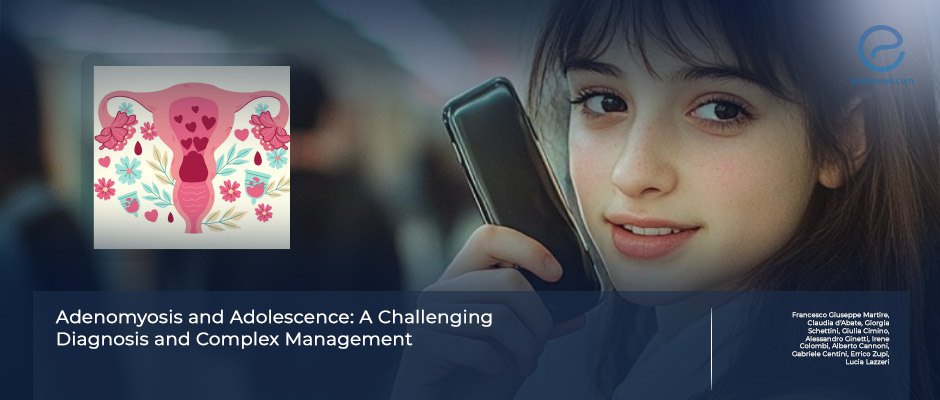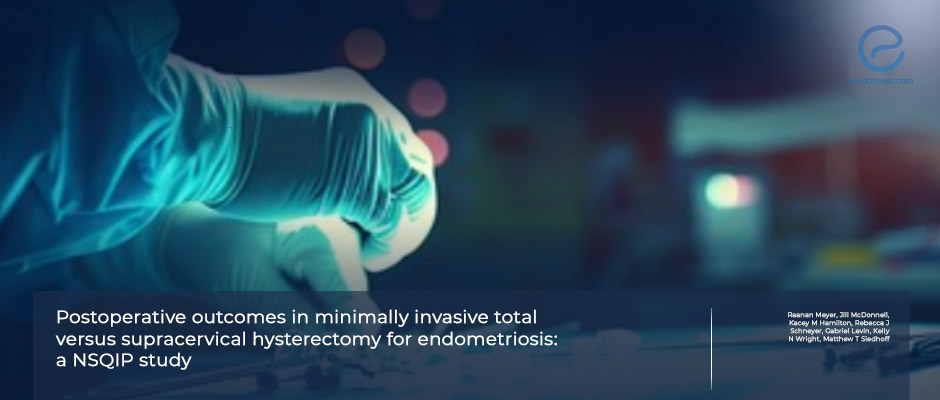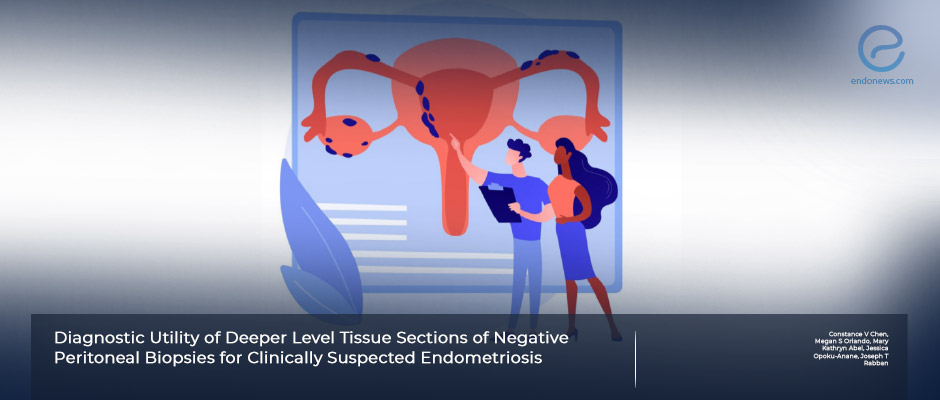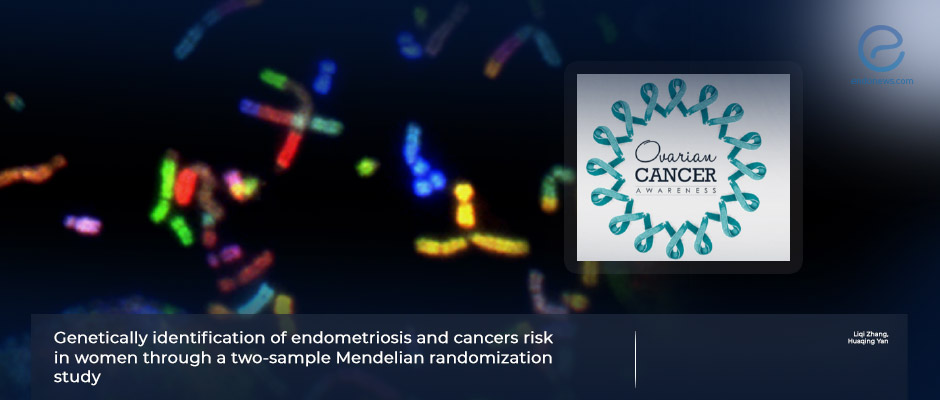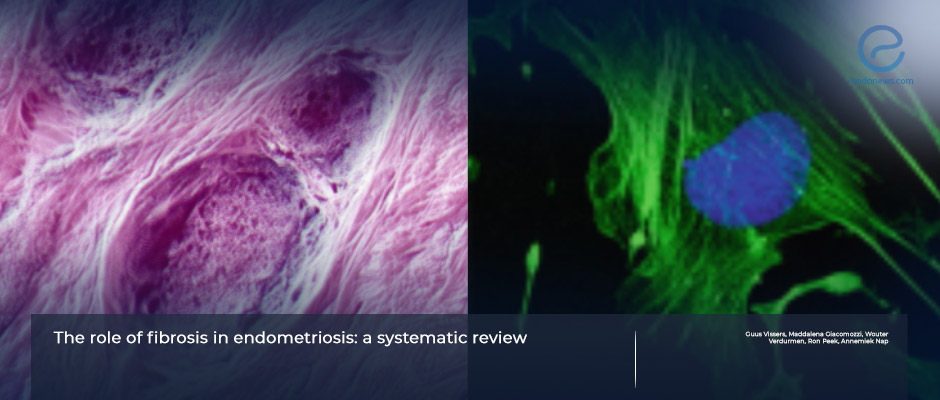 Nasuhi Engin Aydin, MD
Nasuhi Engin Aydin, MD
Following graduation from Hacettepe University Faculty of Medicine, Ankara, with ECFMG Certificate, joined the Ankara University short-term carcinogenicity project with the late Professor Orhan M. Bulay. Supported by TUBITAK grant, the project was cited in NCI, Bethesda Monograph 65. Professor Aydin has been working as a licensed Anatomic Pathologist in Turkey since 1983. Main topics of interest are anatomic and surgical pathology with published manuscripts.
Towards Standardizing Adenomyosis Diagnosis
Adenomyosis is a condition where tissue similar to the lining of the uterus grows inside the uterine muscle, causing pain, heavy bleeding, and sometimes infertility. Until now, doctors around the world have used different criteria to diagnose it under the microscope, leading to inconsistent diagnoses. An international group of 31 pathology experts from 18 countries has, for the first time, agreed on clear and standardized criteria for diagnosing adenomyosis. They recommend looking at at least 4–6 tissue blocks from a…
Key Points Lay SummaryEndometriosis and Autoimmunity: Evidence from a Nationwide Cohort
Endometriosis has long been suspected to share biological pathways with autoimmune disorders. Smaller studies have hinted at this connection, but strong large-scale evidence has been limited. Now, Dr.Elhadad's team from Columbia University, New York, have addressed this gap in a pioneering cohort study published in NPJ Women’s Health. The team analyzed two of the largest U.S. health insurance databases, the Merative MarketScan Commercial Claims and Encounters (CCAE) and the Merative Multi-State Medicaid (MDCD), covering over 30 million individuals annually. They…
Key Points Lay SummarySerum Creatinine as a Valuable Adjunct in the Diagnosis of Endometriosis
Although endometriois is quite prevalent condition, the diagnosis still often requires laparoscopy, underscoring the urgent need for reliable, non-invasive biomarkers. Serum creatinine, a common blood test typically used to assess kidney function, may also reflect chronic inflammatory states. Researchers from Qingdao University and Jining Medical University in China explored its role as a biomarker for endometriosis in a study published in BMC Women’s Health. The team analyzed data from more than 1,100 women, combining cross-sectional epidemiology, genetic analyses (Mendelian randomization),…
Key Points Lay SummaryDemystifying Adenomyosis: The Role of Anatomic Categorization
Adenomyosis is a common gynecological condition in which tissue similar to the endometrium grows within the muscular wall of the uterus. This can lead to a range of symptoms, including painful periods (dysmenorrhea), heavy menstrual bleeding (menorrhagia), anemia, infertility, and complications during pregnancy. However, due to its varied presentations and unclear pathobiology, adenomyosis remains challenging to diagnose and treat effectively. In a large-scale study recently published in BMC Women’s Health, researchers from Anhui Medical University in China analyzed 1,350 cases…
Key Points Lay SummaryIs Poor Sleep Fueling Endometriosis? New Study Suggests a Link
A team of researchers from Beijing, China, has recently published findings in the International Journal of Women’s Health exploring the link between insomnia and gynecological diseases, including endometriosis. Insomnia, a growing health concern worldwide, has been associated with various chronic conditions, yet its impact on female reproductive health remains largely unexplored. With an increasing focus on lifestyle interventions for disease prevention, this study aimed to shed light on a potential connection. Using a Mendelian randomization approach, the researchers analyzed 268…
Key Points Lay SummaryRacial Disparities in Endometriosis Diagnosis and Care
A recent expert commentary published in Fertility and Sterility by Dr. Janelle Jackman and colleagues from leading U.S. academic centers calls attention to persistent racial disparities in endometriosis care, particularly affecting Black women. Endometriosis, a chronic estrogen-dependent condition, can cause severe menstrual pain, chronic pelvic pain, and infertility. While histopathologic examination remains the gold standard for diagnosis, endometriosis continues to be underdiagnosed in Black patients—often due to longstanding misconceptions that it is primarily a “White woman’s disease.” These misconceptions, deeply…
Key Points Lay SummaryNICE Guideline Update Reframes Endometriosis Care in 2024
Endometriosis is a common gynecological condition that can cause chronic pelvic pain, painful periods, pain during sex, urination, or bowel movements, and infertility. Despite its prevalence, many women face long delays—often up to eight years—before receiving a formal diagnosis. In January 2025, the National Institute for Health and Care Excellence (NICE) published an updated version of its clinical guideline on the diagnosis and management of endometriosis in The BMJ. This 2024 update emphasizes earlier recognition and intervention based on clinical…
Key Points Lay SummaryThirty Years of Endometriosis Burden Across 204 Countries
A global epidemiological analysis by Zhao et al., recently published in the European Journal of Obstetrics & Gynecology and Reproductive Biology X, examined the burden and trends of endometriosis across 204 countries from 1990 to 2019 using the Global Burden of Disease 2019 dataset. Endometriosis, which affects an estimated 5–10% of reproductive-aged women worldwide, contributes significantly to chronic pelvic pain, infertility, and diminished quality of life. However, global data on the condition have historically been limited and inconsistent. This study aimed to…
Key Points Lay SummarySymptom Improvement After Laparoscopic Treatment of Bladder Endometriosis
Dr.Piriyev and associates from the Academic Hospital Weyertal, a Level III Endometriosis Center of Excellence in Germany, recently shared their experience with bladder endometriosis in the journal Diagnostics. Endometriosis, a disease affecting millions of women worldwide, can also involve distant organs such as the urinary system. Urinary tract involvement is reported in 0.3% to 12% of women with endometriosis and in up to 53% of those with deep infiltrating disease. Among urinary tract sites, the bladder is the most frequently…
Key Points Lay SummaryThe Endometrium Speaks: Inflammatory Clues to Peritoneal Endometriosis
A prospective study conducted in Krakow, Poland, and recently published in BMC Women’s Health, explored the potential link between pelvic peritoneal endometriosis and chronic endometritis—a persistent inflammation of the uterine lining that may affect fertility. As endometriosis is a chronic, inflammatory condition, the researchers proposed that chronic endometritis could be a common and under-recognized co-existing condition, potentially contributing to reduced endometrial receptivity and poorer reproductive outcomes. In this study, 64 women undergoing laparoscopy for suspected endometriosis (due to pelvic pain…
Key Points Lay SummaryWhich Comes First: Endometriosis or Depression?
A short communication in the format of letter to the editor, recently published in the Archives of Gynecology and Obstetrics highlights the potential immunological link between endometriosis and depression. Endometriosis is a highly prevalent gynecological disorder characterized by chronic inflammation and immune dysregulation, particularly in response to ectopic endometrial tissue. Depression, a common and debilitating comorbidity in women with endometriosis, is similarly associated with immune dysfunction and chronic systemic inflammation. Emerging evidence suggests a shared immunopathogenic basis between the two…
Key Points Lay SummaryCould sexual activity during menses be a risk factor in endometriosis?
Italian researchers recently published a literature review in Women’s Health exploring the potential role of endometriosis and menstrual sexual activity. The retrograde menstruation theory, first proposed in the early 20th century, remains a popular hypothesis suggesting that menstrual debris contribute to the development of endometriosis in the peritoneal cavity. It is proposed that uterine contractions during sexual intercourse, with or without orgasm, could enhance the retrograde flow of endometrial debris through the uterine tubes. A research team led by Dr.Vercellini conducted an…
Key Points Lay SummaryPrevalence of congenital uterine abnormalities and endometriosis
A Swiss research group from Schaffhausen and Zurich conducted a retrospective prevalance study of congenital uterine anomalies among endometriosis patients. The final manuscript has appeared in a recent issue of the medical journal JMIG. Endometriosis being an estrogen-dependent inflammatory disorder affects millions of women worldwide. The most popular pathogenetic theory of “retrograde mensturation” raises a question on the importance of obstructive congenital uterine abnormalities among this gynecologic patient group. A group of researchers from Switzerland have recently published a retrospective…
Key Points Lay SummaryUnique features of endometrial cells in endometriosis
Researchers from the University of Texas, San Antonio, have published a detailed study on the properties of endometrial cell components in relation to endometriosis, entitled "Hypersensitive intercellular responses of endometrial stromal cells drive invasion in endometriosis", in the scientific journal eLife. The widely accepted theory of endometriosis suggests that during menstruation, endometrial cells enter the peritoneal cavity, leading to implantation and invasion similar to metastasis. However, limited research has focused on the cellular features of endometrial components that could facilitate this process.…
Key Points Lay SummaryGut Microbiota and Endometriosis; new kid on the block!
Dr. Anjeza Xholli and colleagues from the University of Genova, Italy, conducted a comprehensive review on the potential impact of gut microbiota on gastrointestinal symptoms in endometriosis patients, publishing their findings in Pharmaceuticals, in the leadership of Dr.Cagnacci. Approximately 90% of endometriosis patients experience gastrointestinal symptoms, including bloating, nausea, constipation, diarrhea, and vomiting. Recent research has highlighted a connection between gut microbiota and female reproductive health, suggesting that microbial imbalances may contribute to disease progression. The authors performed a systematic literature…
Key Points Lay SummaryAdenomyosis : Early Diagnosis is Essential in Adolescence
Dr. Martire and colleagues from Siena University, Italy, published their recent research on adenomyosis in adolescents in the journal Diagnostics. Traditionally considered a condition affecting women over 40, adenomyosis is now recognized as a disease with early onset, including during adolescence, thanks to advancements in ultrasound and MRI. The authors conducted a comprehensive review of English-language studies in the MEDLINE database through April 2024, focusing on adenomyosis in adolescence. They concluded that early diagnosis is essential to mitigate severe symptoms,…
Key Points Lay SummaryComparison of Postoperative Complications in Total vs. Supracervical Laparoscopic Hysterectomy for Endometriosis
Dr. Raanan Meyer and his team from Cedars-Sinai Medical Center, Los Angeles, have published a study in Archives of Gynecology and Obstetrics, comparing the outcomes of total laparoscopic hysterectomy (TLH) and laparoscopic supracervical hysterectomy (LSCH) in patients with endometriosis. A minimally invasive approach is usually preferred for surgery in endometriosis patients due to refractory to medical management, or for deep infiltrating type. Hysterectomy options include total or supracervical hysterectomies, where the cervix is not removed. The authors investigated the association…
Key Points Lay SummaryReducing False Negatives in Endometriosis Histology Through Deeper Sections
A group of researchers led by gynecopathologist Professor Joseph Rabban has published their findings in the International Journal of Gynecological Pathology, evaluating the diagnostic utility of deeper tissue sections in biopsies from patients with suspected endometriosis. The definitive diagnosis of endometriosis relies on histopathologic examination of biopsied tissue. Interestingly, the diagnostic yield of histopathologic confirmation in clinically suspected peritoneal biopsies ranges from 51% to 89.5%. In some cases, small ectopic endometrial tissue foci in peritoneal biopsies may go undetected, resulting…
Key Points Lay SummaryEndometriosis and Ovarian Cancer: A Genetic Connection
Academicians Zhang and Yan from Ningbo University, Zhejiang, China, have recently published a pivotal study in Scientific Reports examining the cancer risk associated with endometriosis. Endometriosis, a chronic condition affecting approximately 6–10% of women worldwide, significantly diminishes quality of life through a range of debilitating symptoms. Alarmingly, individuals with endometriosis also appear to face an elevated risk of developing cancer. While several observational studies have addressed the potential malignancy risk linked to endometriosis, the precise impact of this condition on…
Key Points Lay SummaryUnderstanding Fibrosis in Endometriosis
Fibrosis is a crucial aspect of endometriosis, present in and around endometriosis lesions. It mainly arises from myofibroblasts—cells that transform through specific processes. Fibroblast-to-myofibroblast transdifferentiation, epithelial-to-mesenchymal transition, and, to a lesser extent, endothelial-to-mesenchymal transition are sources of myofibroblasts in endometriosis. The growth factor TGF-β is key in this transformation. Myofibroblasts not only create a stiff environment by depositing a matrix but may also contribute to the pain, so many patients experience. Interestingly, the fibrosis seen in endometriosis resembles that of…
Key Points Lay Summary